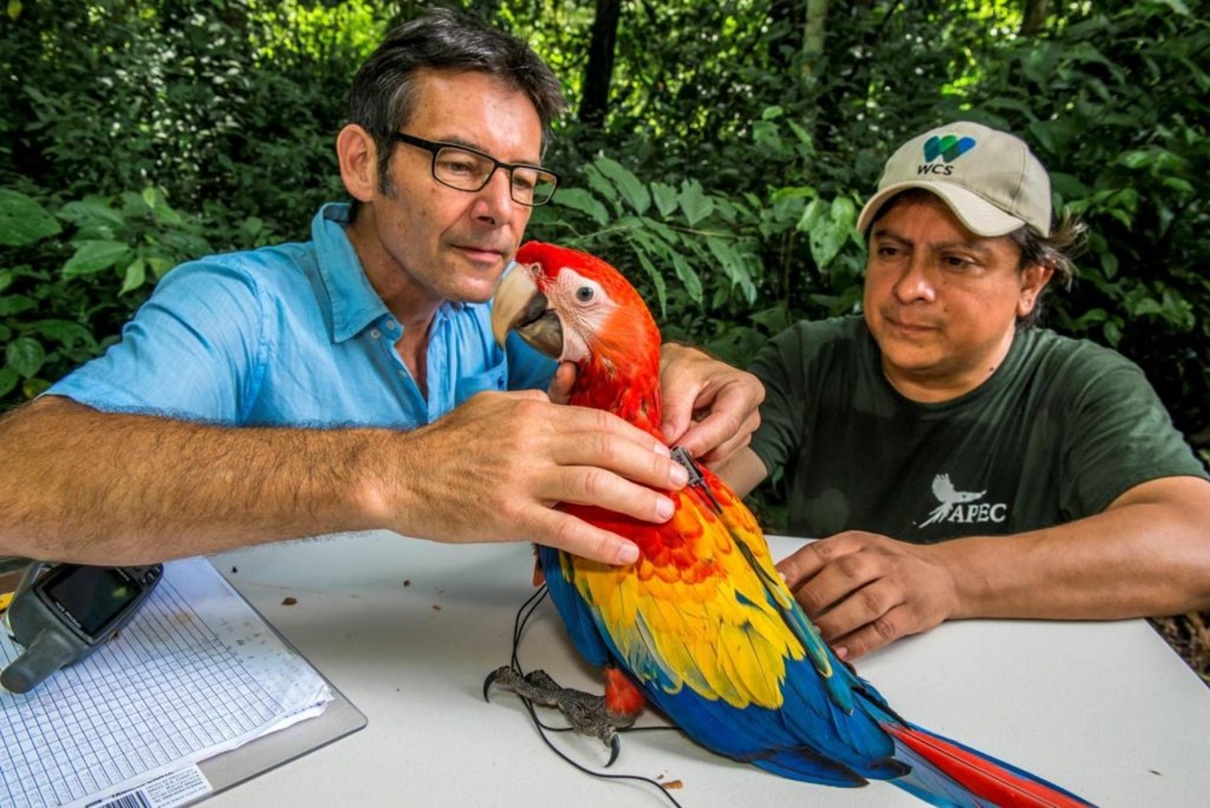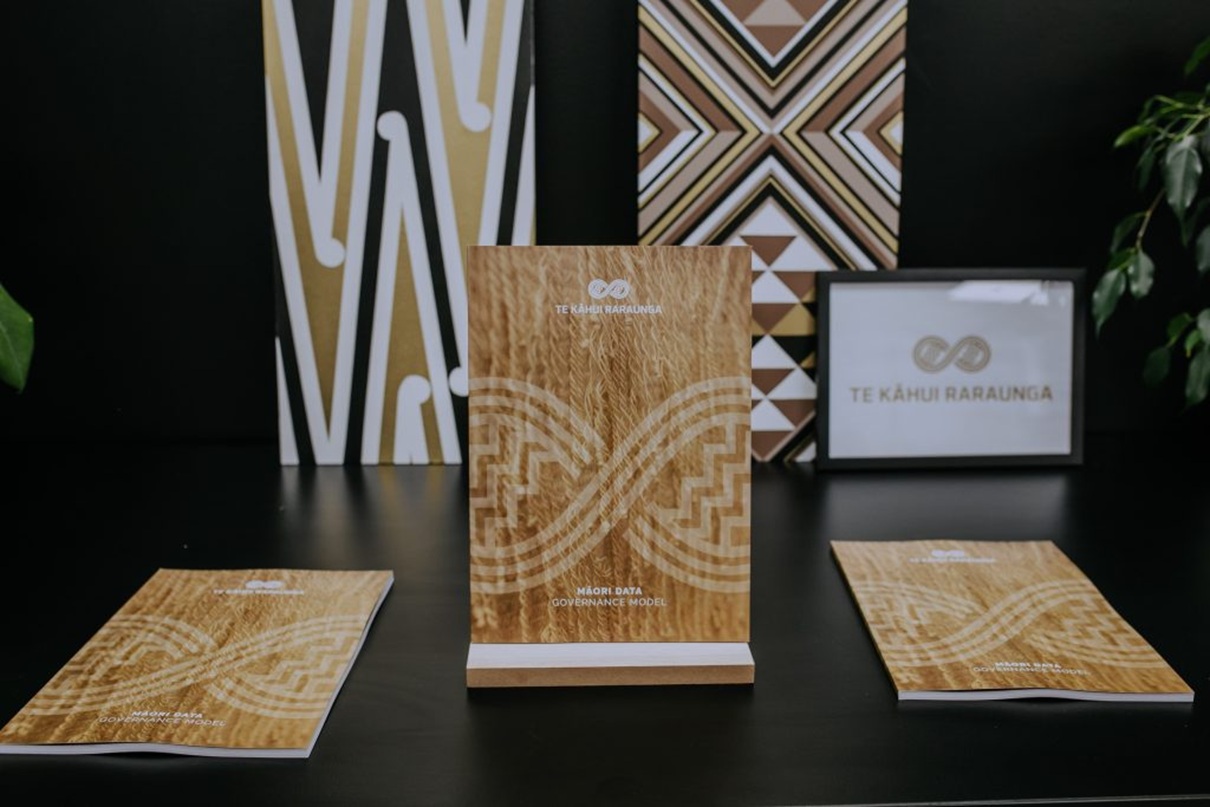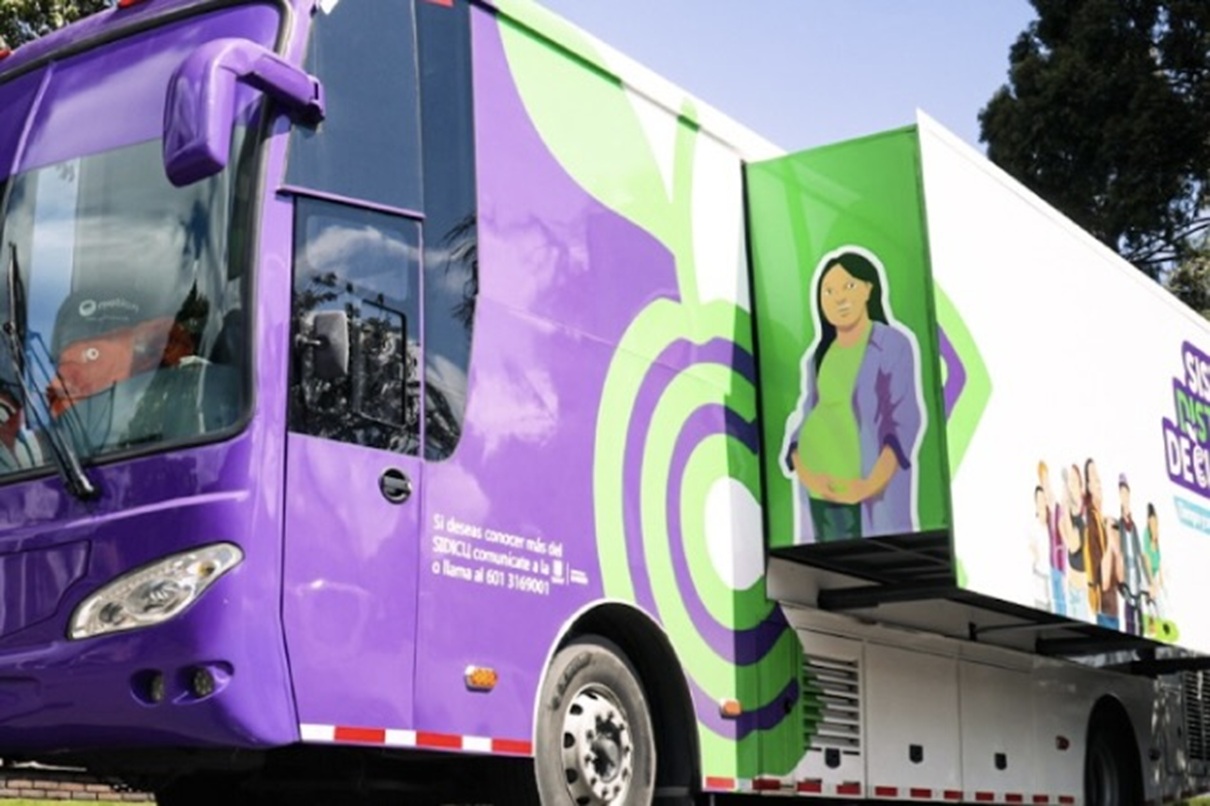In recent decades, new global institutions have emerged to orchestrate data and knowledge, continuing a long history of efforts to structure and coordinate information.
The IPCC does this for climate change; IPBES does it for biodiversity and others are working in fields ranging from health to education. Traditional institutions have yet to integrate the intelligence of non-human species.
One of the more imaginative initiatives is ICARUS which taps into the perceptions of millions of birds and animals across the world. It recognises that the health of the planet affects us all, and that non-human animals often see more and differently than we can – mobilising their perceptions can help us understand the state of the planet and the biosphere on which we all depend.
Unless efforts are made to curb the main causes of biodiversity loss, 1 million species risk extinction within decades, a crisis further highlighted by a 73% decline in the average size of wildlife populations since 1970. The growing impact of climate change and biodiversity loss underscore the intricate link between animal and human futures.
There has long been a disconnect between these worlds, evident in our institutions’ tendency to overlook multi-species perspectives, as economic and political decisions have largely favoured market-based values of nature, disregarding their broader impact on quality of life.

“What if animals could report their own fate?”
This question, posed by Martin Wikelski, Director at the Max Planck Institute of Animal Behavior, laid the foundation for the Internet of Animals (IoA).
This initiative evolved into ICARUS—the International Cooperation for Animal Research Using Space. Using satellite technology, innovations in miniature sensors, and communications networks, researchers in the ICARUS networks track animal movements, behaviors, and environmental interactions on a global scale, learning from these patterns and, indirectly, from the animals’ experiences.
ICARUS was born from a simple realisation: animals are unparalleled observers of their environment.
By equipping them with tiny sensors, the project enables animals to transmit real-time data on their movements, health, and interactions with the environment. We’ve seen initiatives emerge at the interface of global-scale environmental monitoring and forms of collective intelligence, such as the Argo programme for ocean observation and the radio telemetry using MOTUS Wildlife Tracking System.
These efforts raise profound questions about the relationship between humans and non-human animals. Animals, though involuntarily monitored, provide data that is instrumental in conservation efforts and environmental protection. ICARUS, much like its counterparts, is primarily a collaboration between humans, connecting researchers, satellite operators, and sensor developers in a concerted effort to engage with other species and gather novel data.

Addressing biodiversity monitoring gaps
The project’s genesis lay in frustration with traditional observation methods, which were time-consuming and limited.
Observing animals from afar doesn’t reveal where they thrive or perish: especially understanding the latter provides currently under tapped knowledge on biodiversity loss. Through human collaboration, bringing together scientists from various projects, the ICARUS initiative combines tracking data from diverse species and regions. This approach enables a more comprehensive understanding of migration patterns, habitat usage, and environmental stressors.
The initiative was developed in response to the urgent need for comprehensive biodiversity monitoring. Some institutions initially dismissed the project, citing oversaturated Earth observation programs. But existing Earth observation programs have overlooked animal senses and perspectives, failing to recognize them as valuable sources of insight.
“It’s extremely difficult to enter established Earth observation networks. Space agencies focus on existing priorities, and new approaches like ours face resistance” recalls Wikelski.

ICARUS in action
ICARUS has enabled people to better support animal needs.
One example involves African wild dogs. Sensors alerted rangers to snared animals, enabling rapid interventions that saved a tenth of the species’ population in Kruger National Park, South Africa, in three years.
“In real-time, we helped turn a declining population into a thriving one.”
Additionally, tracking bat migrations has informed wind farm operations, reducing fatalities and improving energy efficiency.
ICARUS has also pointed to ways in which non-human animals support our species.
Beyond individual species, IoA helps us understand the intricate connections within ecosystems. Animals naturally capture and preserve 6 gigatons of carbon annually, demonstrating their unmatched role in mitigating climate change.
Wikelski believes that by integrating nature-based solutions for carbon capture, we can implement immediate and effective strategies. Animals, for example, plant forests in ways that are hundreds or even thousands of times more efficient than human efforts. The primary issue seems to be a lack of effective communication and awareness about their potential coupled with lack of cross-field and sector collaboration.
Yet, challenges remain, particularly in communicating the project’s value to key decision-makers:
“Financial institutions and policymakers must understand that sustainability is not just ethical; it’s economical,” argues Wikelski.
He argues that more people need to understand that preserving biodiversity is possible, there are means such as IoA to do it and that with sensors’ progress it can be verified on an hourly basis.
Data from the initiative is available on an open database Movebank, made possible through its many partners, including actors such as universities, research institutes, national data centers, state agencies, and the United Nations Food and Agriculture Organization. An increasing number of researchers, governmental organisations, and NGOs use Movebank to manage their data.
To reimagine institutions in this way is to acknowledge the planet as an active participant in our shared future.
It calls for an acknowledgment of the interconnected fate of humans and non-human animals, recognising and integrating their intelligence as a foundation for collaboration and shared flourishing.

At UNDP Istanbul Innovation Days
How do we design institutions that recognise the intelligence embedded in ecosystems?
At IID, we explore how collective intelligence—spanning human and non-human networks—can become a shared resource for navigating planetary challenges.
We will, through plenaries, discussions, and workshops, provide inspiration to look how as ICARUS mobilises perceptions of animals to enhance biodiversity monitoring, what other untapped intelligences could guide more resilient and adaptive institutions? How might we scale these ideas from pioneering experiments into structural shifts that redefine our relationship with the living world?
This case was researched as part of Istanbul Innovation Days 2025, the UNDP’s flagship event on public innovation, and first shared on the event’s official website. We are thankful to our colleagues at UNDP and Demos Helsinki whose contributions were essential for this case story to be told.






